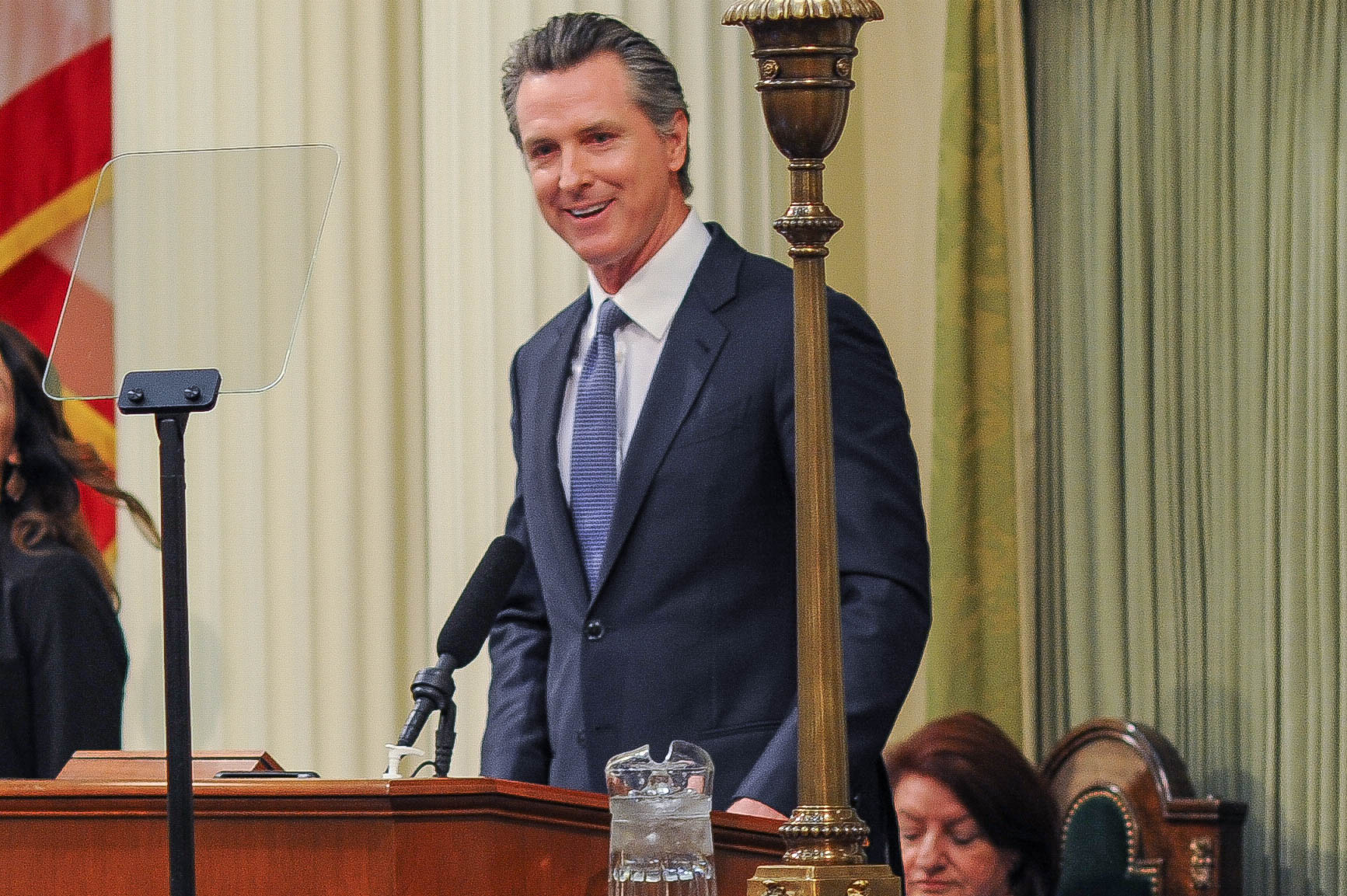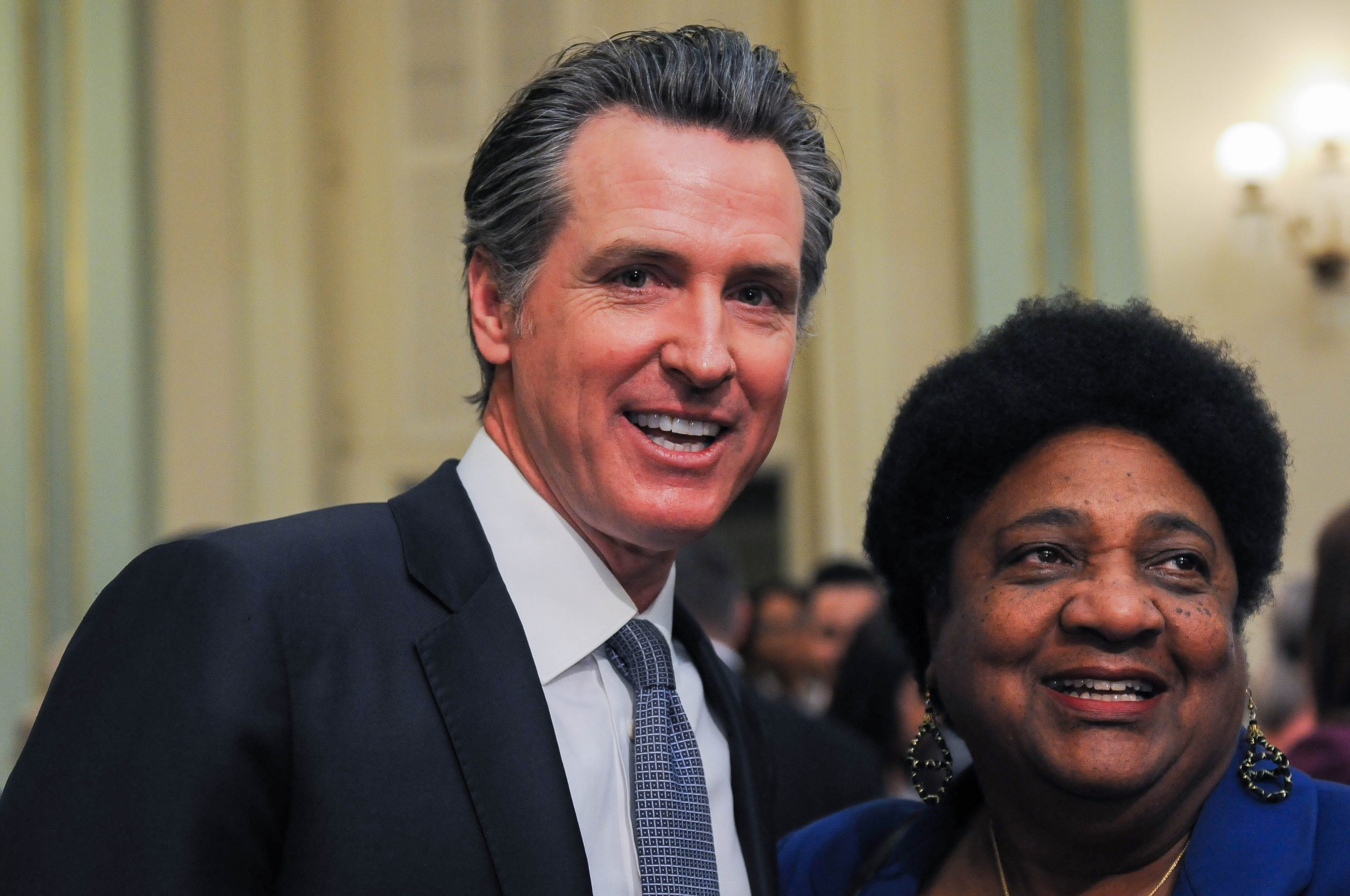
Elementary Students in Class. (Photo: SB Professional/Shutterstock)
Liberation, Resistance, Intersectionality… A Critical Look at Existing Ethnic Studies Courses in California
A rosy, positive version was sold to parents, students and teachers, only to be replaced by a divisive, race-based and grievances-obsessed paradigm
By Wenyuan Wu, May 15, 2023 7:42 am
Many school districts in California have started teaching Ethnic Studies ahead of the state mandated timeline of 2025. This has come on the back of a multi-year movement to promote Ethnic Studies in K-12, a movement fraught with controversies and disagreements over teaching pedagogies and ideological frameworks. Heated debates pressured the State Legislature, the California Department of Education and Governor Newsom to reject three earlier drafts of Ethnic Studies Model Curriculum, with Newsom pledging that these radical approaches would “never see the light of day.”
Nonetheless, proponents of the rejected models have simply defied the state leadership’s call for balance and moderation. Not only did they protest the final state model curriculum as a spineless compromise for “white supremacist, right wing, conservatives,” they are also aggressively pursuing local educational agencies with their own version of Ethnic Studies. So far, they have been very successful in selling their Liberated Ethnic Studies that simply repackages the state rejected models.
In early May, I surveyed 20 actual Ethnic Studies proposals adopted by 13 public school districts, with regards to course objectives, principles, thematic units, reading resources and keywords. While each curriculum is slightly different in style and wording, the programs are eerily similar in embracing principles of Liberated Ethnic Studies.
“Introduction to Ethnic Studies,” a semester-long high-school course offered in the Los Angeles Unified School District, dedicates four weeks to a thematic unit named “Solidarity.” Through lessons on anti-colonial, pro-immigration, LGBT, and praxis movements launched by so-called contemporary “racialized communities,” the unit is designed “to empower students to get to know their community and to become active change makers in their communities.” Furthermore, the changes student activists seek must be anchored in transformative liberation to “reimagine a better world that requires unity and organizing between BIPOC and White allies and amongst members of BIPOC communities.”
This liberation-centered and activism-oriented course design has been emulated by other school districts. “Transformative resistance” is a stand-alone unit in the Ethnic Literature course proposed in the San Dieguito Union High School District. Similarly, the “Ethnic Studies: World Histories” class at the Santa Ana Unified School District contains two units named “Connect and Conceptualize Decoloniality Regeneration and Social Justice” and “Community Engagement,” respectively.
Other codenames for far-left student activism are also baked into specific district-level course offerings, including: “Advocacy and Artivism” (Unit 4, Ethnic Studies in Visual Creative Arts, Santa Ana Unified), “Learning Service Project” (Unit 8, Ethnic Studies, Santa Ana Unified and Unit 17, Ethnic Studies, Oceanside Unified), “Solidary in Constructing a Better World” (Unit 5, Liberated Ethnic Studies, Castro Valley Unified), “Agents of Change” (Unit 6, Ethnic Literature, Poway Unified), “Community Action and Protest” (Unit 6, English 9 Ethnic Studies, Santa Barbara Unified), and so on.
Compared with content-based learning that respects complexities of history, intellectual debates and multilinear causal reasoning, the alternative pedagogy of action civics proposes learning through direct political actions. This approach, prevalent in every Ethnic Studies curriculum I studied, is particularly vulnerable to biases towards progressive political activism. Considering precipitous declines in history and civics test scores among US students in the last five years, a unified pivot towards activism in these Ethnic Studies courses is particularly dangerous in pushing partisanship over citizenship on civically illiterate students. To put it bluntly, students that don’t understand the basics of U.S. history or political structure are duped to mindlessly engage in utopian political campaigns, most of which are predicated on false assumptions and debunked theories.
Another common feature in all the surveyed Ethnic Studies programs is an unambiguous focus on “intersectionality,” a building bloc for critical race theory which denotes the interconnected nature of different social identities such as race, class and gender. Under the auspices of teaching intersectionality, at least a third of the courses reviewed in my project encompass units or contents on gender identity, LGBTQ social movements and feminism. In this sense, Ethnic Studies becomes a vehicle to sneak in the transgender ideology.
For instance, Unit 6 in “English 9 Honors: Ethnic Studies,” taught in the Santa Ana Unified School District, examines “power through different genders and the discrimination of the LBGTQ community.” It asks students to acknowledge the intersections among “patriarchy, sexism, and homophobia,” while encouraging them to participate in advocacy work for “liberation and justice” for “LGBTQ BIPOC.” One leading question of the unit, “Do you feel you have been sufficiently educated about human sexuality?”, almost feels like something out of a comprehensive sex education class rather than an Ethnic Studies class.
Last but not least, the book lists curated in all the courses I examined echo each other in being overtly politicized. This includes favorite pickings from the Zinn Education Project, such as A Different Mirror for Young People, An Indigenous People’s History of the United States, and A Young Peoples’ History of the United States. Controversial materials, including the 1619 Project, Robin DiAngelo’s White Privilege, Ibram Kendi’s Stamped, Kimberle Crenshaw’s Intersectionality and “Examining Transformational Resistance Through a Critical Race and Latcrit Theory Framework,” are also featured.
Some curriculums recommend students read inflammatory commentaries like All American Boys (English 9 Ethnic Studies, Santa Barbara Unified), Maus (Ethnic Literature, San Dieguito Union High) and A Queer History of the United States for Young People (Ethnic & Social Justice Studies, Santa Barbara Unified). Most surprisingly, even sexually explicit and pornographic books such as Damsel and The Hate You Give (English 9 Ethnic Studies, Santa Barbara Unified) are promoted in the name of teaching Ethnic Studies.
Most recently, a proposal for “Introduction to Ethnic Studies” was unveiled at the Morgan Hill Unified School District where the superintendent promised to concerned parents that they will not consider Liberated Ethnic Studies. But just like other Ethnic Studies programs, this proposed course is obsessed with terms like intersectionality, power and privilege, oppression, allyship, anti-racism, and solidarity.
Little by little, the actual implementation of Ethnic Studies in California schools has fulfilled critics’ warning of “bait and switch,” that a rosy, positive version was sold to parents, students and teachers, only to be replaced by a divisive, race-based and grievances-obsessed paradigm. Further compounding the issue is the fact that the University of California has not aborted the plan to add Ethnic Studies, based on the liberated model, to its “A-G requirements” for admission. The plan will have implications not only for public schools in California, but for private schools as well.
A fierce fight awaits parents and advocates.
- The Pursuit of Diversity, Equity and Inclusion is Not Just Harmless Mental Exercise - June 14, 2025
- From Movement to Racket: The Metamorphosis of Chinese for Affirmative Action - March 6, 2025
- ‘It is Not Controversial for Four-Year-Old Boys to Wear Dresses to School’ Teachers Union Affirms - November 20, 2024








Yet another TYPICAL Democrat “bait & switch” where they promise X but deliver Y….
Gee…who didn’t see this coming. We all knew that this “Ethnic Studies” nonsense was just a cover for implementing grievance studies and is just one more tool in the Marxists plans to divide and conquer the populace.
Caucasians have been a minority in California public schools for a quite a while now, but the radical left and Democrats still continue to demonize Caucasians as oppressors. Hitler used the Jews as scapegoats, while the radical left and Democrats use Caucasians as scapegoats to further their agenda.
This article offers some broader context. There’s money in spreading hate, and that’s fuel for the fanatics.
Students learning about history will help them create a better world for all going forward. Reading books helps students see different perspectives and be aware of experiences others around them endure, or see that they’re not alone in the experiences they endure.
The truth is, students, through gaming and shows they watch, hear much worse than f-bombs in books. I applaud these districts for the work they are doing to prepare students for the world and empathize with others, as empathy is something that seems to have been lost for many in this point in time.